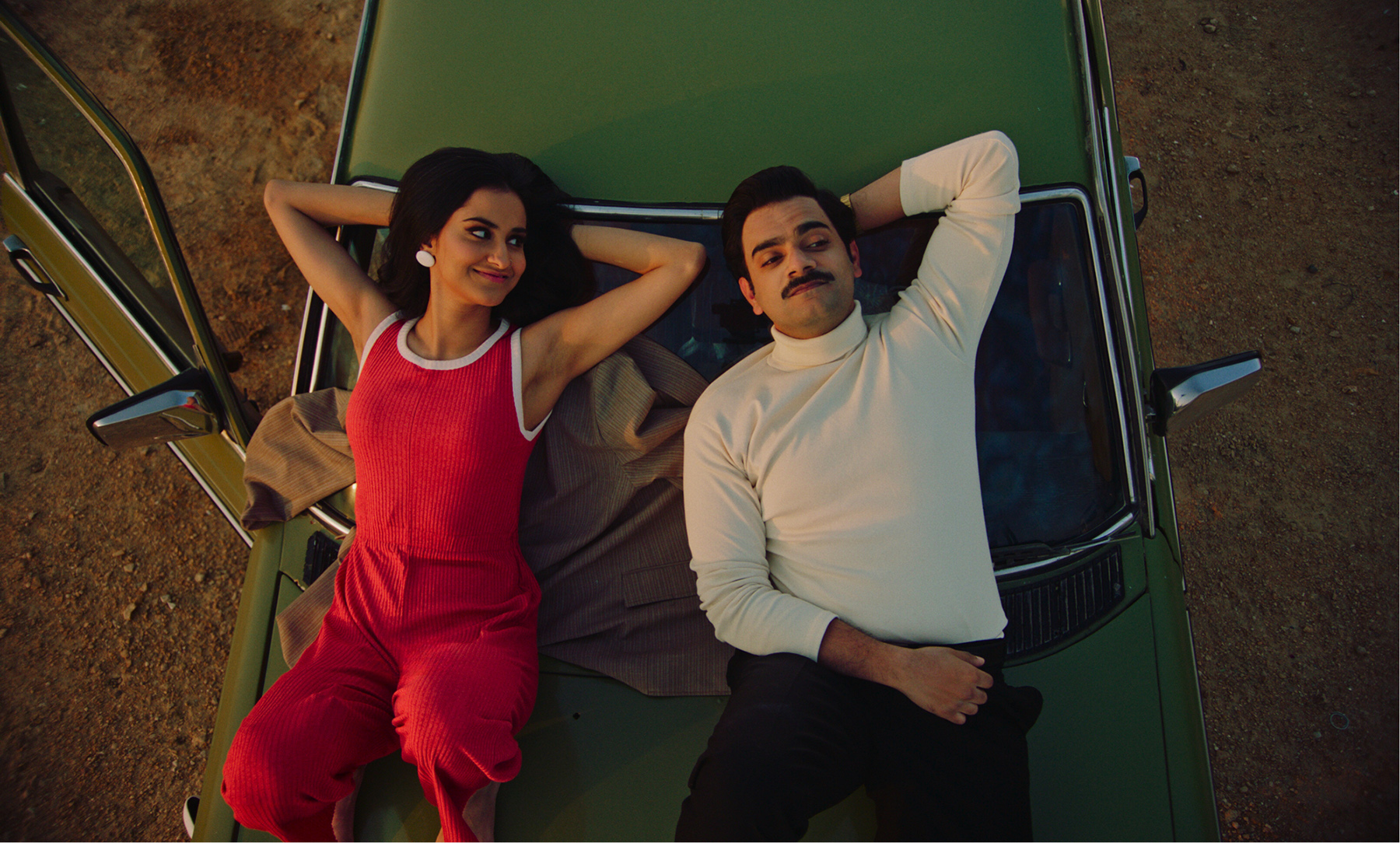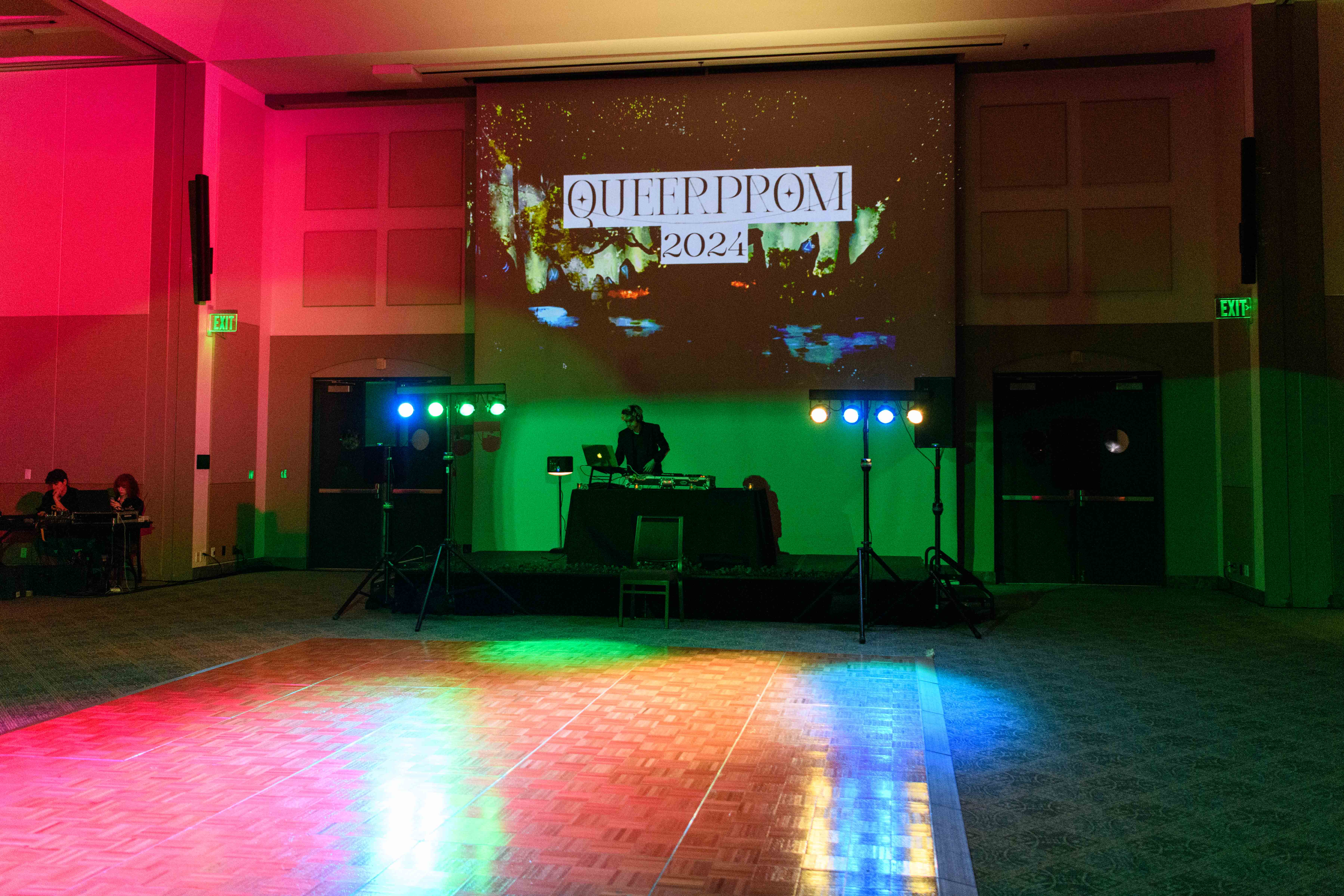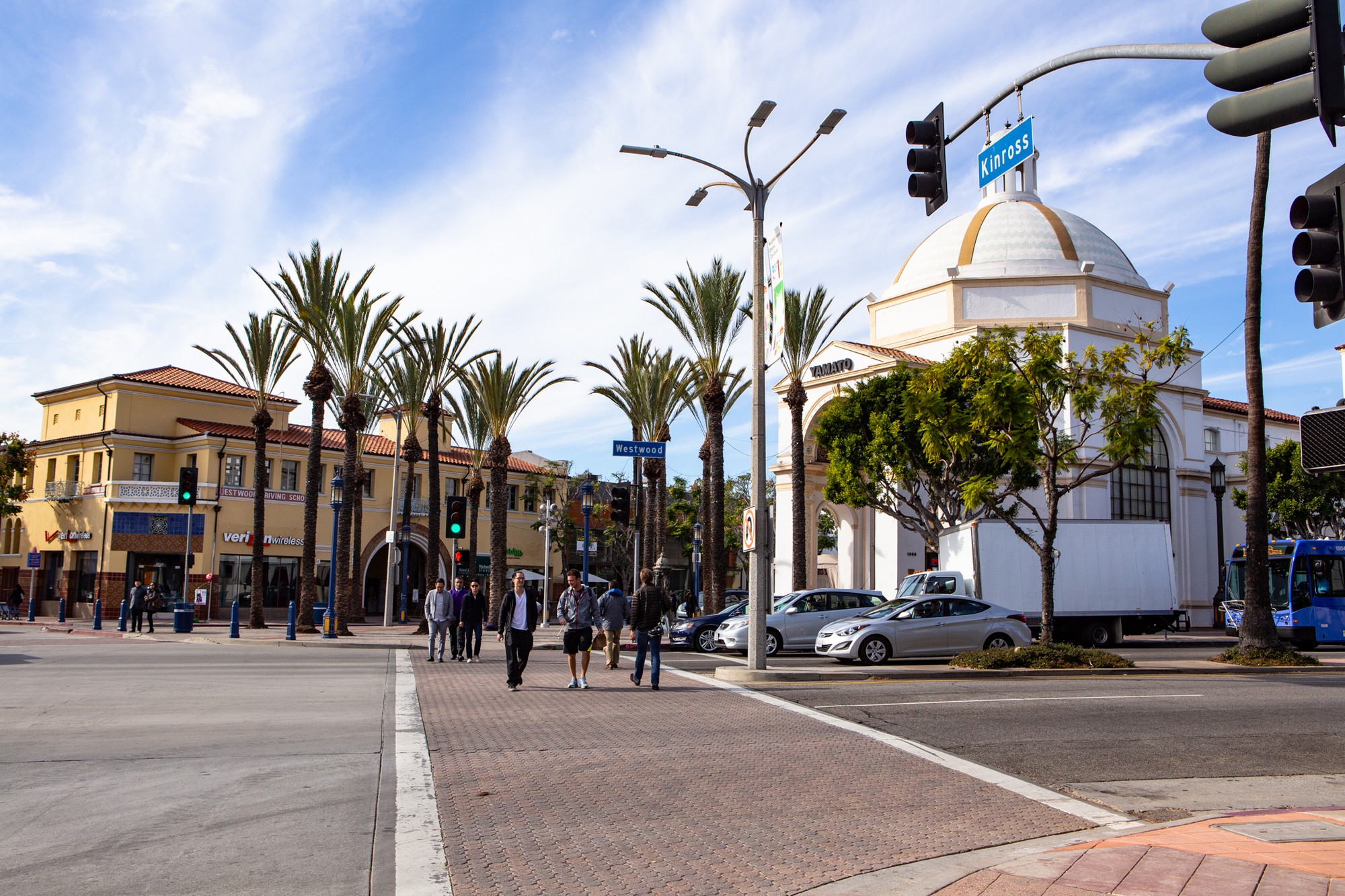Legacy Project Screening Series spotlights queer cinema, restored films

Pictured is a still from the 1971 film “Pink Narcissus,” highlighting a golden swan bed frame with neon pink lights. The film will screen at Billy Wilder Theater as part of the Legacy Project Screening Series on March 15. (Courtesy of Queer Film Cinema)
By Jacob Tristeza
Feb. 21, 2025 10:36 a.m.
With kaleidoscopic visuals, queer resistance and experimental filmmakers, the Legacy Project Screening Series is shining a spotlight on cinema’s boldest and brightest.
The series will present three programs at the Billy Wilder Theater from Outfest and UCLA’s Film & Television Archive LGBTQIA+ film collection – the world’s largest public collection of its kind with over 41,000 holdings. Running from Feb. 23 to March 15, the screenings will feature a selection of rare and revived works and Q&As, from “Brother to Brother” to the newly-restored “Pink Narcissus.” Michael Lumpkin – programmer and former director of Frameline – and Kelly McKaig – longtime friend and manager of “Pink Narcissus” director James Bidgood – contributed to the film’s restoration, finding the project to be a fitting home for this work.
“This is one of the landmark gay films, period,” McKaig said. “You can’t talk about … LGBT cinema without talking about ‘Pink Narcissus.’ You look at the early work – ‘50s, ‘60s, ‘70s – whether it’s Andy Warhol or Kenneth Anger or Jack Smith or Jim (James) Bidgood. I think it is one of those cornerstones of the medium.”
[Related: Alumnus-written play ‘Good Tidings’ unpacks spirituality, explores communal bonds]
Twenty-two years ago, McKaig received a call from a friend at the Anthology Film Archives who had found cans labeled “Pink Narcissus” while cleaning out their basement, he said. The discovery included two cans of internegatives and two cans of audio elements, the highest quality so far. Though not a restoration expert, McKaig said he stored the reels himself for over a decade, deeply invested in the preservation of the film and his friend’s legacy.
“I’ve been friends with Jim for 20-some-odd years and worked with him as his manager,” McKaig said. “But I say ‘manager’ because I really just wanted to keep him from getting evicted. He was a drag queen in the ‘50s, and drag queens don’t have 401(k)s. … My work with him was really a labor of love because I knew how important he was, I knew how important the work was, and I felt like being of service to that was enough.”
It wasn’t until the pandemic that McKaig said he and Lumpkin finally had the time and resources to fully begin the restoration process.
It was around that time that Lumpkin himself recalled attending a screening of “Pink Narcissus” at the Alamo Drafthouse in San Francisco. The screening, however, was a disaster, he said. The aging 35mm film was falling apart, causing the projector to struggle and repeatedly pause the screening. Lumpkin, who first saw the film at the 1984 New York LGBT+ Film Festival and brought it to San Francisco in 1985 for Frameline, said it was sad to see the film in poor condition.
Afraid “Pink Narcissus” – like so many other queer films – would be lost to time, Lumpkin reached out to McKaig, who had the two reels. Together, they partnered with UCLA’s Film and Television Archive to restore the film, scouring the world to replace the remaining lost footage, Lumpkin added. After years of effort, the new restoration will screen with free admission, allowing a new generation to experience Bidgood’s work.
“It’s important to have places where people can view films that are free and open to the public,” said Beandrea July, programmer for the film “Brother to Brother.” “As a programmer, I see myself as an educator. I always want people to have a good time when they come to the theater, but I also really do intentionally choose my films from a point of view of exposing people to new ideas.”
Like “Pink Narcissus,” July said she chose to screen “Brother to Brother” after considering its timeless relevance and historical context. A window into the rich spirit of Black queer life in the Harlem Renaissance, the film – which premiered at the Sundance Film Festival – connects history to the present and remains just as moving today, she added.
“I think queer lives are very much under attack, certainly queer black lives,” July said. “So, I think it’s important to spotlight the voices of the most marginalized, … the most vulnerable and those who are really misrepresented in mainstream conversations.”
These enduring works continue to resonate in new ways. While director and film professor Rodney Evans remains an active force in the industry and teaches future filmmakers at Swarthmore College, July said his success is not the norm for many Black filmmakers, who may be spotlighted but often lack the support to truly succeed.
Because of this, July said she was pleasantly surprised to learn Evans now owns the screening rights to “Brother to Brother,” a rarity for a 2004 film, since rights and screening payments often went to large studios. It was a delight, July added, to be able to program a Legacy Project film that directly supports the filmmaker and his ongoing work.
This rare agency stands in contrast to the legacy of Bidgood and “Pink Narcissus.” after distributor Sherpix went bankrupt in the ‘70s, his film was nearly lost, McKaig said.
“It was a challenge because he was as uncompromising in life as he was in his art,” McKaig said. “He didn’t have a lot financially. He was in a rent stabilized apartment … a one-bedroom that he had since 1974 … with his lover who died in (1985).”
McKaig said he did his best to help Bidgood, encouraging him to leverage the attention from his ’90s photography book. It was humbling, McKaig said, figuring out Bidgood’s rent, Medicaid and food stamps. He was doing all he could to make him comfortable. Yet despite these challenges, Bidgood’s mastery of visual art, color and fantasy came together in a gorgeously sophisticated film that, to his surprise, consistently reels in younger and newer audiences to this day, Lumpkin added.
“It’s shocking to me that kids, with the technology they have, become so obsessed with this ultra-analog object,” McKaig said. “It is so handmade. The costumes were handmade. The sets were handmade. He operated the camera himself. He did it all himself.”
[Related: UCLA alumni-led ‘Four Women in Red’ raises awareness for Indigenous women]
McKaig said Bidgood loved when younger artists came up to him at screenings, moved by the work. Even now, McKaig will meet people in their 20s – queer and straight alike – who have fallen in love with the film’s sensuality and beauty, he added, making his role in the Legacy Project all the more gratifying.
“So much of queer cinema is about the community,” Lumpkin said. “It’s about us. It is telling our stories, and it’s one of the few places where those stories have been able to be realized and told and presented to the rest of the world.”




